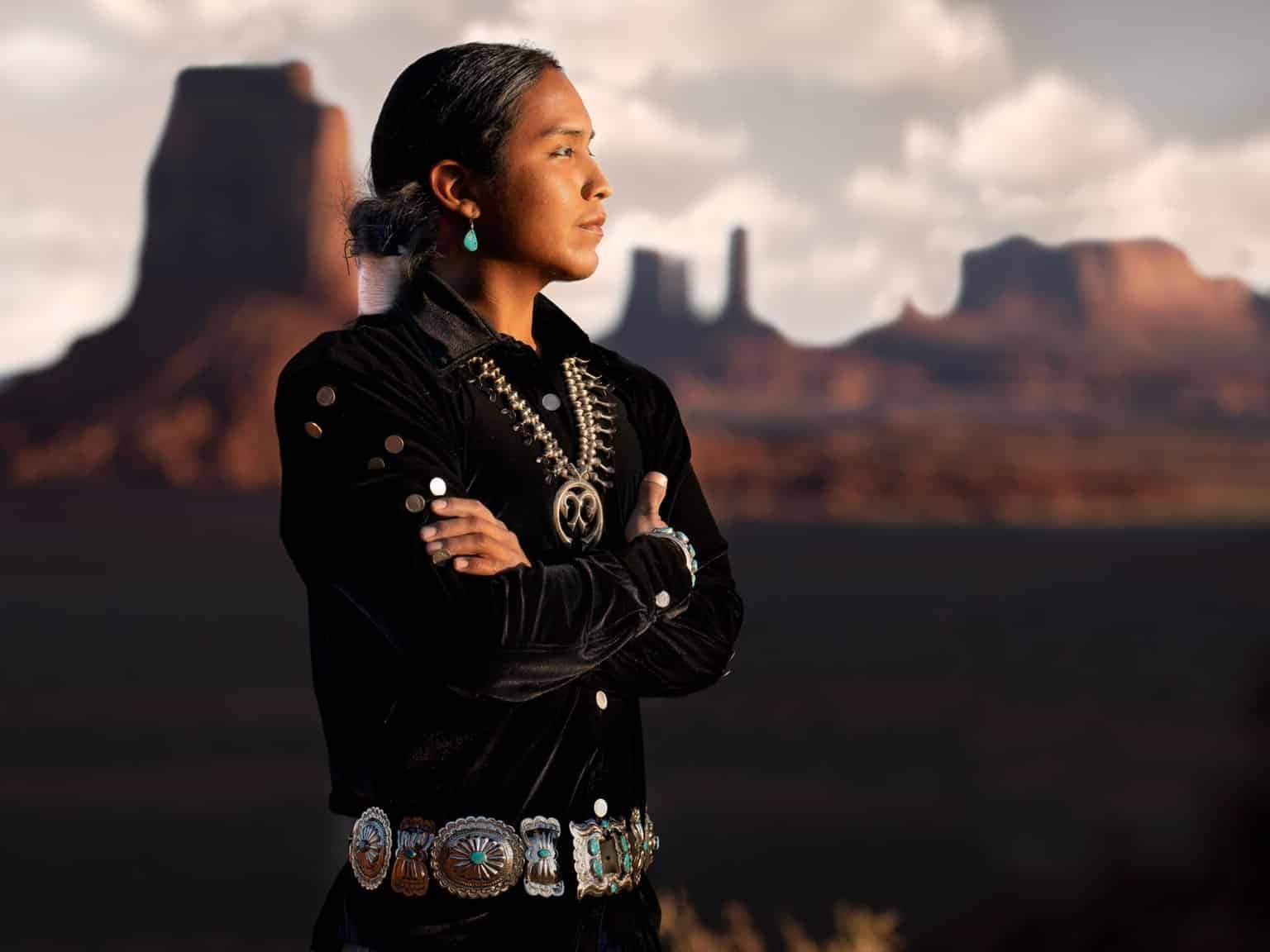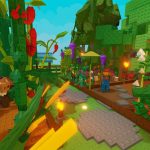
The Dine, also known as the Navajo, are one of the largest Native American tribes in the United States. Their rich culture, history, and traditions have shaped their identity for centuries. From their intricate weaving techniques to their unique language, the Dine people have a fascinating heritage. Did you know that the Navajo Nation spans over 27,000 square miles across Arizona, Utah, and New Mexico? Or that the Navajo Code Talkers played a crucial role during World War II? This introduction will give you a glimpse into the vibrant world of the Dine, highlighting 25 intriguing facts that showcase their enduring legacy and contributions.
The Dine People
The Dine, also known as the Navajo, are one of the largest Native American tribes in the United States. Their rich culture, history, and traditions have fascinated many. Here are some intriguing facts about the Dine people.
- The Dine call themselves "Diné," which means "The People" in their language.
- The Navajo Nation spans over 27,000 square miles, covering parts of Arizona, Utah, and New Mexico.
- The Dine language, Diné Bizaad, is a complex and tonal language with no written form until the 20th century.
- The Navajo Nation has its own government, including a president, vice president, and tribal council.
- The Dine are known for their intricate and beautiful weaving, particularly their rugs and blankets.
- The Navajo Code Talkers played a crucial role in World War II by using their language to create an unbreakable code.
Cultural Practices
The Dine have a rich cultural heritage that includes unique practices and traditions. These customs are deeply rooted in their history and daily lives.
- The Dine practice a traditional religion that includes ceremonies like the Blessingway and the Enemyway.
- Sandpainting is a sacred art form used in healing ceremonies, where intricate designs are created using colored sand.
- The Dine celebrate the Kinaaldá, a coming-of-age ceremony for girls that marks their transition into womanhood.
- Traditional Dine homes, called hogans, are made of wood and earth, with the door always facing east to greet the rising sun.
- The Dine have a deep respect for nature and believe in living in harmony with the environment.
- The Navajo Nation Fair, held annually in Window Rock, Arizona, is the largest Native American fair in the United States.
Historical Significance
The history of the Dine people is marked by resilience and adaptation. Their journey through time has shaped their identity and strength.
- The Long Walk of 1864 was a forced relocation of the Dine people by the U.S. government, resulting in great suffering and loss.
- The Treaty of 1868 allowed the Dine to return to their homeland, marking a significant moment in their history.
- The Navajo Nation was established in 1923, providing a formal structure for self-governance.
- The Dine were instrumental in the livestock reduction program of the 1930s, which aimed to prevent overgrazing on their lands.
- Many Dine men and women served in the U.S. military during World War II, contributing to the war effort in various capacities.
Modern-Day Dine
Today, the Dine people continue to thrive while preserving their cultural heritage. They have adapted to modern challenges while maintaining their unique identity.
- The Navajo Nation operates its own educational system, including schools and a community college.
- The Dine have a strong presence in the arts, with many talented artists, musicians, and writers.
- Navajo jewelry, particularly turquoise and silver pieces, is highly valued and sought after.
- The Navajo Nation has its own police force and judicial system, ensuring law and order within their territory.
- The Dine are involved in various economic activities, including agriculture, tourism, and energy production.
- The Navajo Nation has made significant strides in renewable energy, with projects like the Kayenta Solar Facility.
- The Dine people continue to practice traditional farming methods, growing crops like corn, beans, and squash.
- The Navajo Nation has been proactive in addressing health issues, including the establishment of healthcare facilities and programs to combat diabetes and other diseases.
Final Thoughts on Dine (Navajo) Facts
Learning about the Dine (Navajo) people offers a glimpse into a rich culture and history. From their unique language to their intricate art, the Dine have contributed significantly to the tapestry of American heritage. Their traditional practices and spiritual beliefs continue to influence their way of life, preserving a legacy that spans centuries. Understanding these facts not only broadens our knowledge but also fosters appreciation for their resilience and adaptability. The Dine's story is one of survival, innovation, and deep connection to the land. By exploring these facts, we honor their past and recognize their ongoing contributions to society. Keep these insights in mind next time you encounter Navajo culture, and you'll see the depth and beauty that define this remarkable community.
Was this page helpful?
Our commitment to delivering trustworthy and engaging content is at the heart of what we do. Each fact on our site is contributed by real users like you, bringing a wealth of diverse insights and information. To ensure the highest standards of accuracy and reliability, our dedicated editors meticulously review each submission. This process guarantees that the facts we share are not only fascinating but also credible. Trust in our commitment to quality and authenticity as you explore and learn with us.


